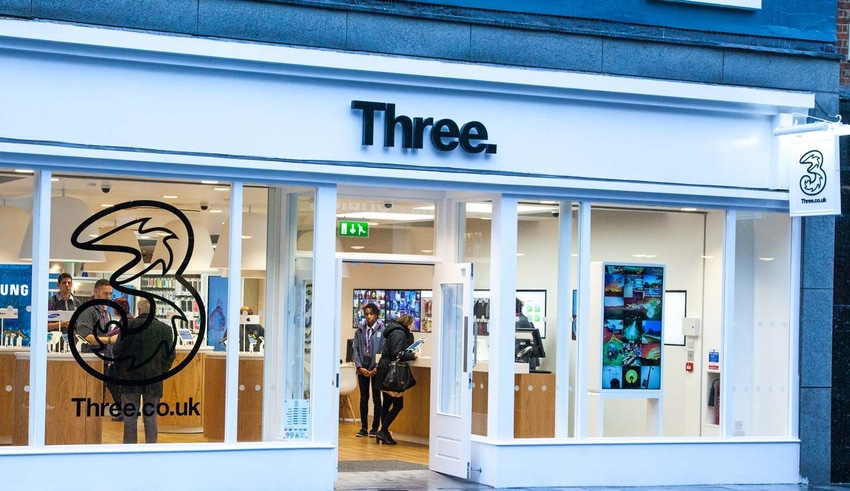With 5G networks being switched on left, right and centre, let’s not forget 4G experience is still going to be the major concern of the vast majority of users for a long-time to come.
September 19, 2019

With 5G networks being switched on left, right and centre, let’s not forget 4G experience is still going to be the major concern of the vast majority of users for a long-time to come.
In its pursuit of a more established ranking in the UK mobile league, Three has announced a number of initiatives to improve the 4G experience for its customers. 5G might dominate the headlines, but 4G is going to dictate the fortunes of the telcos for some time.
“5G is a game changer for Three’s current and future customers. It will bring faster speeds, a better experience and masses of capacity which will benefit our 4G customers as well,” said Three CEO Dave Dyson. “While we are investing heavily in 5G, 4G is still very important for our mobile and home broadband services.
“These upgrades will ensure that our data hungry customers are getting the best possible 4G experience as 5G rolls out.”
The two initiatives announced here will continue to build the 4G experience for customers. Firstly, the introduction of new spectrum and site upgrades. Secondly, the re-farming of 3G spectrum to further bolster the armoury in the fight for 4G supremacy.
6,000 mobile sites, which account for 80% of the traffic which flows across the Three network, will get an upgrade. These upgrades, which will run alongside the 5G deployment initiatives, will include new antennas and new spectrum. Three is claiming the introduction of 1400 MHz spectrum should increase download speeds by 150%, assuming of course you have the right device.
Although the range of compatible devices is quite large, a simpler way to describe it would be any device which has been released in the last 12-18 months. For those who have older devices, Three suggests the download speed gain could be as much as 50%. It’s not necessarily a mind-blowing number in comparison to others which are floating around the mobile domain, but it would certainly make a notable impact on experience.
The second initiative involves the 3G spectrum. All of the telcos are undertaking the process of re-farming 3G spectrum for higher purposes, but Three does seem to be leading the way. As part of the announcement today, Three is suggesting 12,500 sites will see speed improvements of up to 40% as 3G spectrum is handed over to 4G.
Looking at the bigger picture, none of the telcos can forget about 4G. 5G might be much more attractive to the consumer (the bigger, meaner, faster mentality is very strong), but for years to come the 4G networks will continue to define user experience.
Firstly, you have to look at the adoption of 5G tariffs. This will of course depend on the user purchasing an expensive 5G-compatible device, but then also signing-up to a 5G contract. It will take time for this migration to occur, and we suspect it will be years before economies of scale bring down the price of the devices, opening the euphoria up to the mass market.
Secondly, you have to consider how long it will be until the telcos are demonstrate ubiquity for their 5G networks. Not only does this mean upgrading all mobile sites across the country, but it also means network densification initiatives to compensate for shorter spectrum range and mobile radio propagation. The work to ensure the 5G world is everywhere, all the time, is only just beginning.
Both of these factors mean 4G will be just as, or more important than 5G over the next few years. 5G might generate headlines, but 4G will continue to drive revenues.
About the Author(s)
You May Also Like








.png?width=300&auto=webp&quality=80&disable=upscale)


_1.jpg?width=300&auto=webp&quality=80&disable=upscale)


.png?width=800&auto=webp&quality=80&disable=upscale)